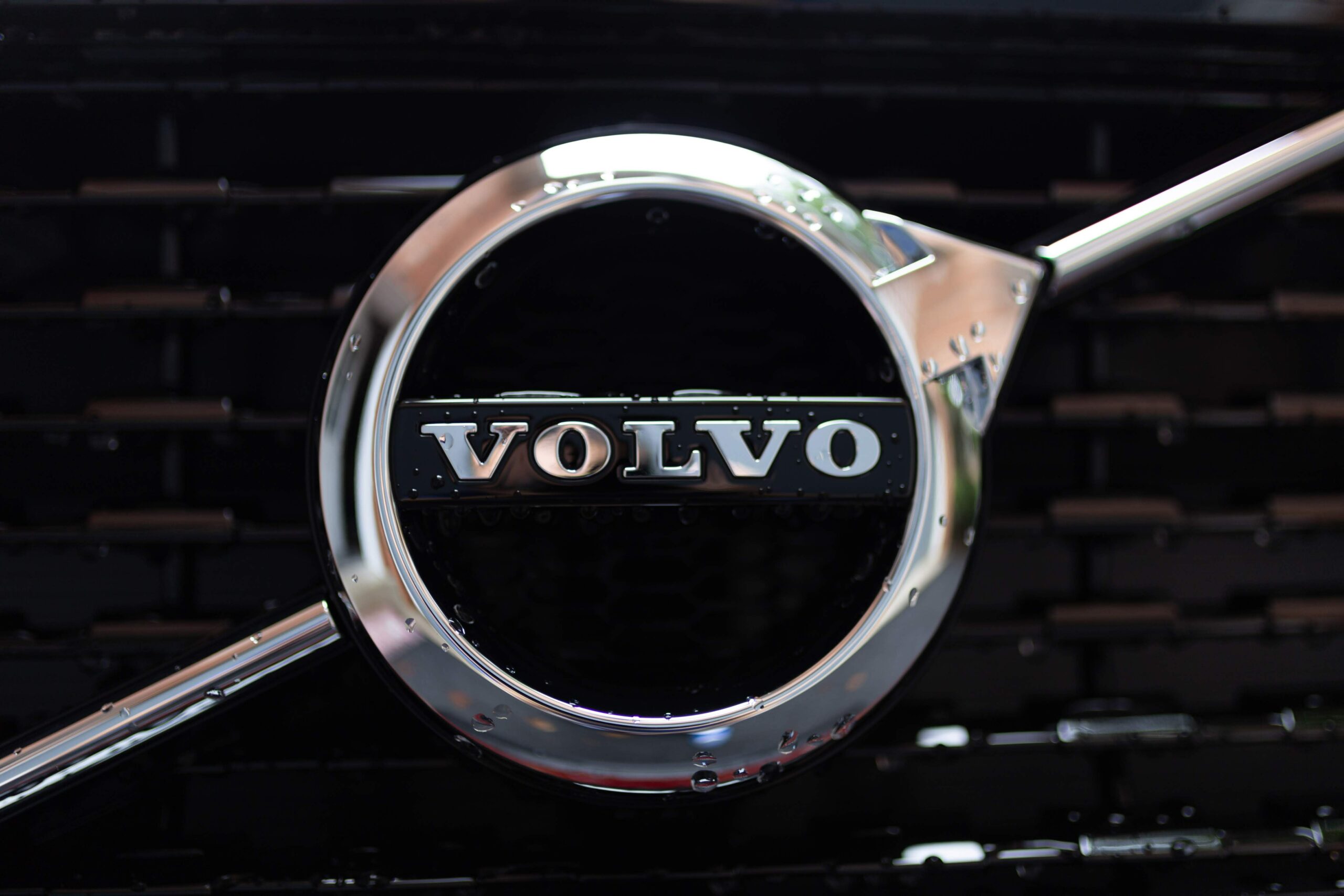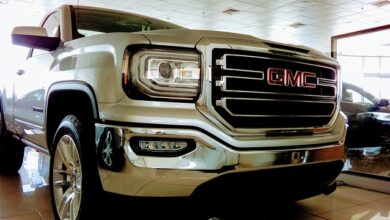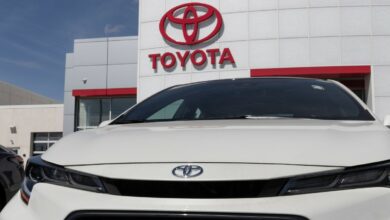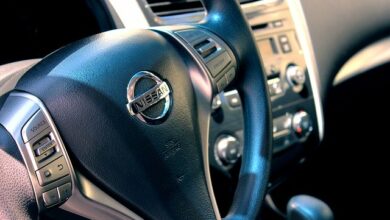All of today’s automobile manufacturers strive to make the safest vehicles they can for consumers. A vehicle’s sleek, immaculate appearance may be appealing to the eye, but its good looks have to take a backseat when it comes to the issue of the vehicle’s safety.
Of course, an automobile’s most important safety feature can be found in its braking system. Braking failure can lead to the loss of lives, crippling injuries and lawsuits. Automakers sure don’t want their cars to come off the assembly line and into the hands of motorists with bad brakes.
So what is going on with the car maker Volvo? This giant of the industry is recalling all of its 2019-2020 models because of possible problems with its automatic emergency braking (AEB) system. This recall affects more than 121,000 vehicles in the United States.
What are the details, the facts, behind the manufacturer’s recall and this automatic emergency braking issue? The ordinary driver might think that automatic emergency braking is technology that has been part of our newer cars for numerous years.
Automatic Emergency Braking Is Still in Its Birthing State
In reality, very few automakers have introduced the sophisticated braking feature to their new cars. Yes, automatic emergency braking is still in its birthing state.
What is automatic emergency braking?
– It is basically a sensor-generated warning system.
– To work properly, it requires a reflected laser light and a camera.
– The driver is warned when an obstacle such as a pedestrian appears and a collision is near.
– The vehicle is supposed to brake automatically if the driver fails to step on the brakes.
Often times, the AEB will malfunction because of a software and hardware failure that will not allow sensors to detect an obstacle like an approaching person or animal. The bottom line, of course, is that the driver of the vehicle must always be held responsible for avoiding a collision.
The automaker that is presently calling back its products has always put emphasis on safety when making its vans, cars or trucks. Its focus on safety has been heralded worldwide in this bold promise: By the year 2020, no person will be fatally injured or seriously hurt in one of their new vehicles.
The Chinese-owned, Swedish-based automaker, because of its interest in safety, has been a pioneer in the utilization of the AEB system. The firm was one of the first of 20 automakers to agree to adopt the safety feature. The auto industry’s goal is to have the AEB system installed in all vehicles by September 1, 2022.
Not all automakers are as enthusiastic about the AEB system as are Volvo, Audi, Nissan, Honda and Mazda and a few others. General Motors, Kia, Porsche, Mitsubishi and Jaguar and some others have been sluggish and are lagging behind in responding to the voluntary effort.
It’s Far From Being Perfect, Some in the Industry Contend
Some in the auto industry have expressed second thoughts and opinions about the AEB system. They warn that it is far from being perfect. They contend that while it holds promise in eliminating some crashes, it isn’t flawless. They say that it can even be harmful in some instances.
Automatic emergency braking is here to stay, however. The AEB system is an amazing feature and when put in place in every car manufactured in the world, millions of lives will be made safer. But it has to operate without flaws if it is to serve its purpose, i.e., to warn the driver as to when obstructions exist.
That’s the reason many car owners will gladly return their cars to the dealership. It all can be summed up in three words: Safety. Safety. Safety.
The automaker reports that no accidents or injuries have been linked to the AEB issue and it has already developed a solution to the problem. It plans to provide cars with new software at no cost.
Cars involved will be called in beginning May 1, 2020. Owners of models can be expected to be notified by mail as to when they can take their cars back to dealers for the installation of new software.






